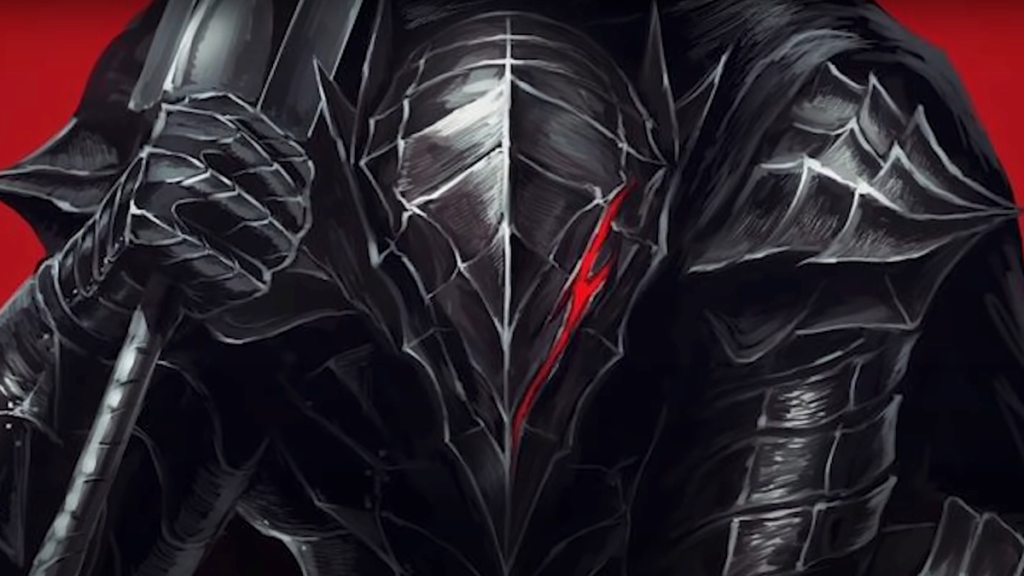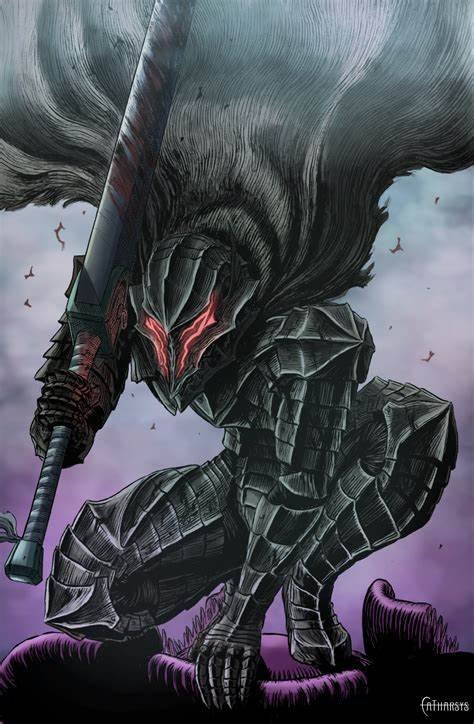The berserker, a fearsome warrior figure from Norse mythology and history, has captured the imagination of people for centuries. These legendary fighters, known for their ferocious rage and superhuman strength in battle, have become iconic symbols of untamed power and primal fury. This article delves into the history, mythology, and cultural impact of the berserker, exploring the complexities behind the legend.
Who Were the Berserkers?
The term “berserker” derives from Old Norse berserker literally meaning “bear-shirt” or “bear-skin.” This suggests a connection to animalistic transformations, a key element in the berserker legend.
Warrior Elite: Berserkers were not simply warriors; they were a specialized class of fighters renowned for their ferocity and disregard for their own safety. They were often employed as elite shock troops by Viking kings and jarls.
Unpredictable and Feared: In battle, berserkers were known for entering a state of frenzied rage, often described as “berserkergang.” This state was characterized by:
Superhuman Strength: Increased strength and endurance, allowing them to withstand incredible blows and continue fighting despite grievous wounds.
Uncontrollable Fury: Blind rage and a disregard for their own safety, leading to reckless and often indiscriminate violence.
Animalistic Behavior: Reports of berserkers foaming at the mouth, biting shields, and exhibiting animal-like characteristics, such as bear-like strength and wolfish ferocity.
Mythology and Folklore
The berserker legend is deeply intertwined with Norse mythology.
Connection to Odin: Many scholars believe berserkers were closely associated with the god Odin.
Inspiration from God: Odin, the god of war, wisdom, and death, was known for his own fierce and unpredictable nature. Berserkers may have believed they were channeling Odin’s power during their frenzies.
Possession by Spirits: Some accounts suggest that berserkers were believed to be possessed by Odin or other spirits, granting them superhuman abilities.
Animalistic Transformations: The “bear-shirt” etymology points to a belief in shape-shifting or animalistic transformations. Berserkers may have believed they were temporarily transformed into bears or wolves, embodying their power and ferocity.
Historical Evidence and Archaeological Findings
While much of the berserker legend is shrouded in myth and folklore, there is some archaeological and historical evidence to support their existence.
Saga Accounts: The sagas, epic tales of Norse mythology and history, provide numerous accounts of berserkers. These accounts, while often exaggerated, offer valuable insights into the social and cultural context of these warriors.
Skeletal Remains: Archaeological studies have revealed evidence of battle injuries consistent with the berserker legend, such as multiple wounds and signs of extreme violence.
Archaeological Finds: The discovery of weapons and armor associated with Viking warriors provides further evidence of the material culture of these elite fighters.
Berserkergang: The Frenzied State
The “berserkergang” is a central aspect of the berserker legend.
Physiological Explanations: Some modern scholars suggest that the berserkergang may have had physiological explanations.
Pungent Mucus: Some sagas describe berserkers as “foaming at the mouth.” This, combined with reports of increased strength and reduced pain sensitivity, has led to speculation about the role of psychoactive substances, such as hallucinogenic mushrooms or fermented beverages, in inducing the berserker state.
Adrenaline Rush: The physiological effects of adrenaline, such as increased heart rate, heightened senses, and reduced pain perception, could explain some of the reported phenomena associated with the berserkergang.
Psychological Factors: Psychological factors, such as intense fear, adrenaline, and the thrill of battle, likely played a significant role in inducing the berserker state.

The Berserker in Popular Culture
The image of the berserker has captivated popular culture for centuries.
Literature: Berserkers have been featured prominently in numerous works of literature, from J.R.R.
Video Games: Berserker-inspired characters are common in video games, often depicted as powerful and savage warriors.
Film and Television: From historical dramas to fantasy epics, berserkers have been portrayed on the silver screen, often with a focus on their ferociousness and animalistic qualities.
The Legacy of the Berserker
The legend of the berserker continues to fascinate and inspire.
Symbol of Untamed Power: The berserker represents the raw power of human will and the primal instincts that lie beneath the surface of civilized society.
Exploration of Human Limits: The berserker legend raises questions about the limits of human endurance, the nature of consciousness, and the relationship between mind and body.
Cultural Icon: The image of the berserker has become a powerful cultural icon, representing strength, ferocity, and the untamed spirit of the warrior.
Final Thoughts
The berserker, a figure shrouded in myth and legend, remains a captivating subject of study. While the exact nature of the berserkergang and the extent of their supernatural abilities remain debated, the legend provides a fascinating glimpse into the beliefs and values of ancient Norse society. The berserker continues to resonate with modern audiences, serving as a powerful symbol of untamed power, primal instinct, and the enduring human fascination with the extraordinary.
FAQs
What were Berserkers?
Berserkers were a specialized class of Viking warriors renowned for their ferociousness in battle. They were often employed as elite shock troops and bodyguards for Viking kings and jarls. These warriors were known for their unpredictable and terrifying behavior in combat, often entering a state of frenzied rage known as “berserkergang.”
What characterized the “berserkergang”?
The “berserkergang” was a state of intense fury and disregard for self-preservation that berserkers were believed to enter during battle. Reports describe increased strength, reduced pain sensitivity, and even animalistic behavior such as foaming at the mouth and biting shields.
Is there any historical evidence for the existence of berserkers?
While much of the berserker legend is shrouded in myth, there is some historical evidence to support their existence. The sagas, epic tales of Norse mythology and history, provide numerous accounts of berserkers. Additionally, archaeological findings have revealed evidence of battle injuries consistent with the berserker legend, such as multiple wounds and signs of extreme violence.
How have berserkers been portrayed in popular culture?
Berserkers have captivated the imaginations of artists and writers for centuries. They have been featured prominently in numerous works of literature, video games, and films, often depicted as powerful and savage warriors.
To read more, Click Here
